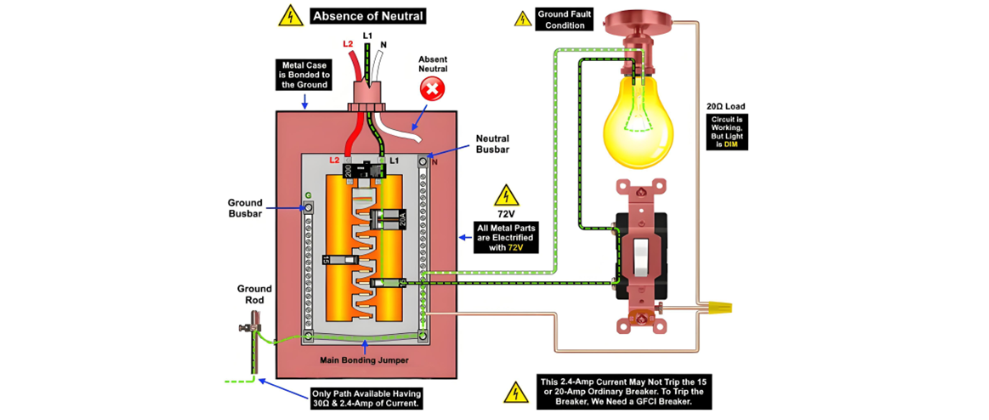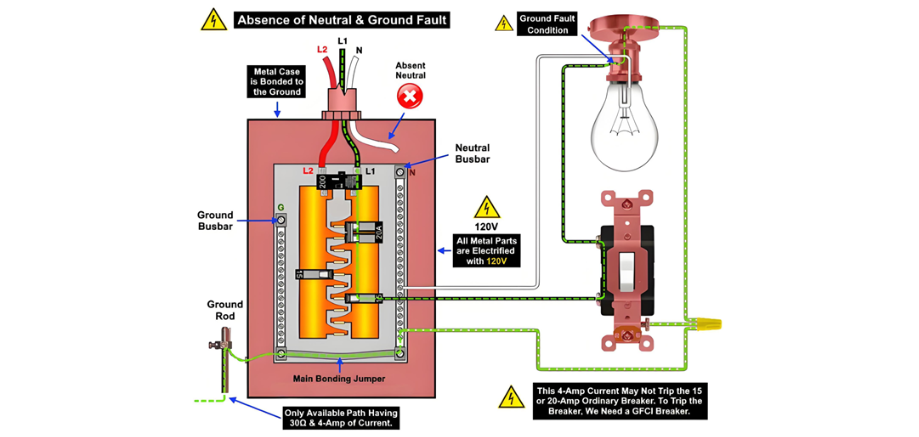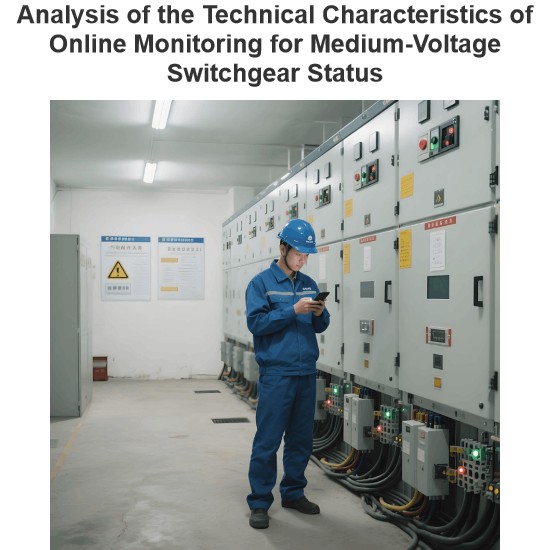Why Doesn’t a Standard Breaker Protract Against Ground Faults?
A broken neutral in a circuit with a standard breaker poses a shock hazard because the breaker does not monitor or protect the neutral wire. The internal mechanism of a standard breaker is not designed to detect ground-fault currents during operation. Standard circuit breakers are engineered to protect against overloads and short circuits, not ground faults.
Standard breakers monitor current in the hot wire and trip if the current exceeds the breaker’s rating—typically due to an overload or short circuit. However, with a broken neutral, fault current may return to the source through the ground wire. This occurs because the ground and neutral terminal bars are bonded in the main panel.
Consequently, a current lower than the breaker’s rated capacity can flow through the circuit in an unintended path. Since no excessive current travels through the hot wire, the breaker does not detect a fault and remains closed. As a result, parts of the circuit stay energized, creating a hidden shock risk that the breaker does not address.
The most common faults in an electric circuit are as follows:
Overloads and Short Circuits















